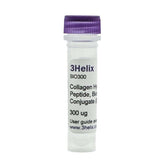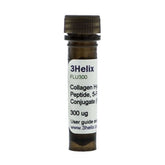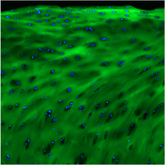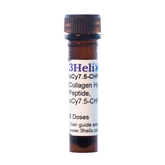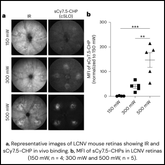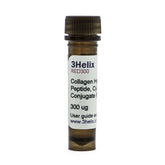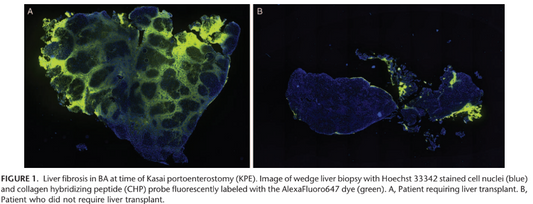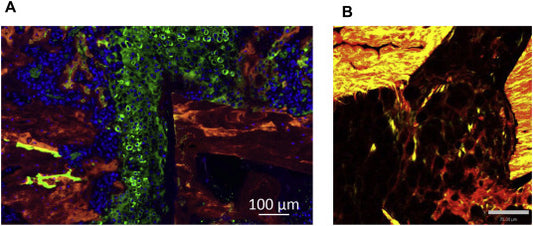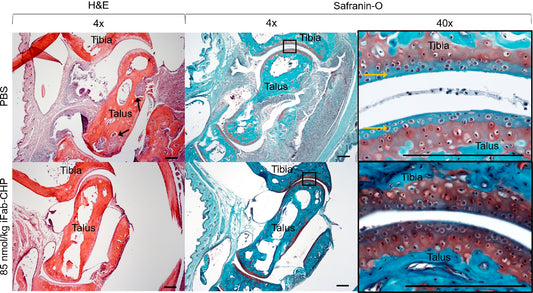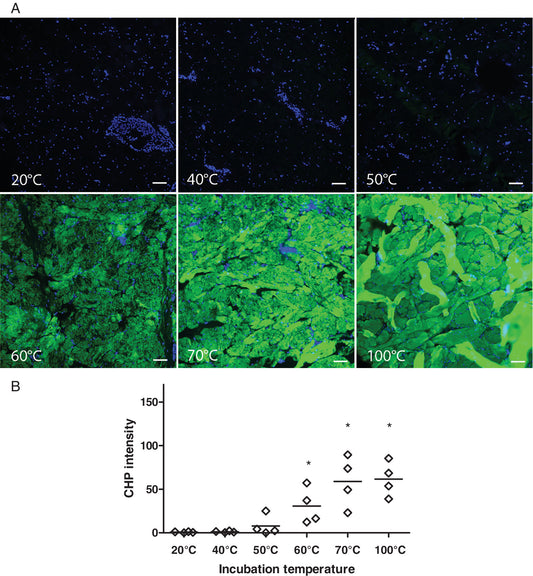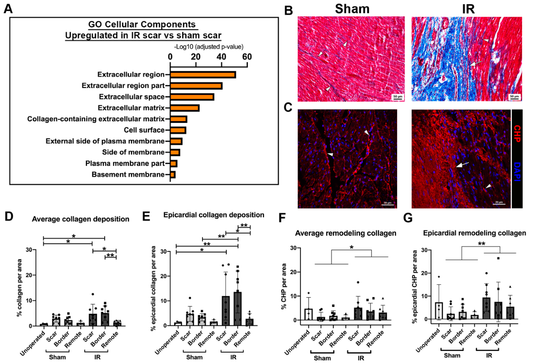Visualizing Mast Cell-Driven Collagen Damage in nAMD Progression
Collagen Hybridizing Peptides track mast cell-driven collagen remodeling & degradation in neovascular Age-related Macular Degeneration (nAMD) research. Explore the study's key insights and learn about how you can target damaged collagen for insights in your research!
View Details
Collagen Hybridizing Peptides Validate a Novel Bone Organoid Model
Validate collagen integrity in your biomaterials with 3helix CHPs. Discover how Collagen Hybridizing Peptides (CHPs, 3Helix Inc.) ensure reliable data in tissue engineering and bone remodeling research.
View Details
First Collagen Hybridizing Peptide Application for Collagen Damage to Nervous Tissue: CHPs Help Confirm Distinct Patterns of Structural Damage in Epineuroclasis and Endoneuroclasis.
Peripheral Nerve Injuries (PNIs) represent a significant clinical challenge, frequently resulting in disability and chronic pain, particularly in younger patients. Recovery following PNI is oftentimes unpredictable and the decision to pursue surgical intervention is complicated by a limited ability to accurately assess the severity and extent of tissue damage. The current PNI classification system,...
View Details
CHPs’ can Help Predict Liver Survival in Biliary Atresia
Biliary Atresia (BA) is a severe liver disease in infants, often leading to cirrhosis and death. Collagen Hybridizing Peptides (CHP) offer diagnostic and prognostic insights, aiding treatment decisions and organ transplant allocation.
View Details
Delayed Fracture Healing in Obesity-associated Type 2 Diabetic Mouse Model
Explore more about the impact of obesity-related pre-diabetic hyperglycemia on bone healing using the DIO mouse model. CHPs help reveal that deficits in collagen microstructure leads to impaired fracture healing in obese subjects.
View Details
Localization of Therapeutic Fab-CHP Conjugates to Sites of Denatured Collagen for the Treatment of Rheumatoid Arthritis
In a recently accepted article published in Bioconjugate Chemistry, researchers from the University of Utah used CHPs in an antibody-conjugate to address Rheumatoid Arthritis(RA). In this paper, the authors used the Fab region from infliximab (an anti-TNFα therapy known as Remicade®) and conjugated this with CHPs. Figure Caption. A) Biodistribution of IR680 labeled bFab-(NIRF)CHP...
View Details
Effective enzymatic debridement of burn wounds depends on the denaturation status of collagen
Another great paper using CHPs! A recent article published in Wound Repair and Regeneration evaluated how the level of collagen denaturation within burned tissues influences the effectiveness of enzymatic debridement (removal of damaged tissue). They showed that low-temperature burns (<65 °C) had inadequate debridement, while high-temperature burns (>65 °C) had very effective debridement. By...
View Details
Scar Formation with Decreased Cardiac Function Following Ischemia/Reperfusion Injury in 1 Month Old Swine
Learn more about how by utilizing CHPs, researchers studied post-IR pig heart damage. They found initial function decline, stable conditions later, and identified scar formation, corroborating Masson's Trichrome staining. No cardiomyocyte renewal observed.
View Details
